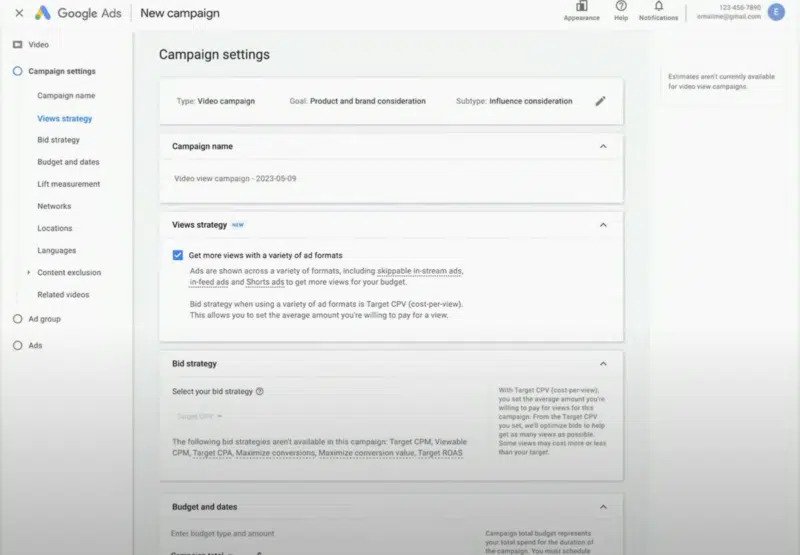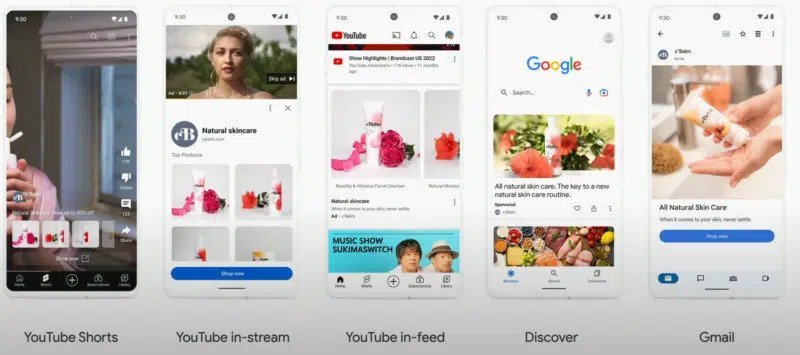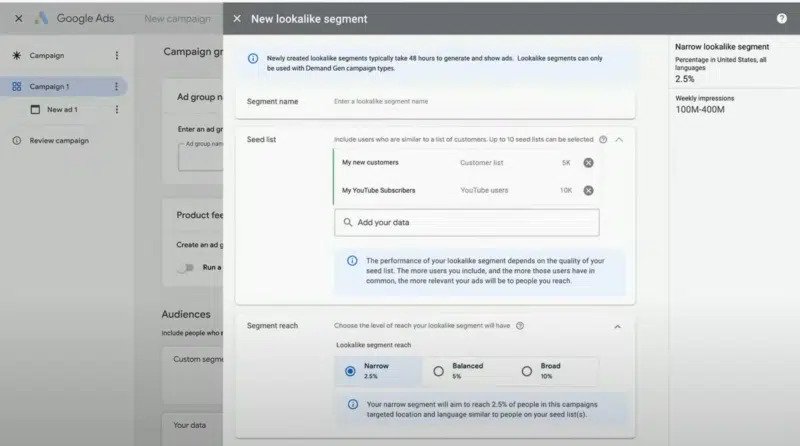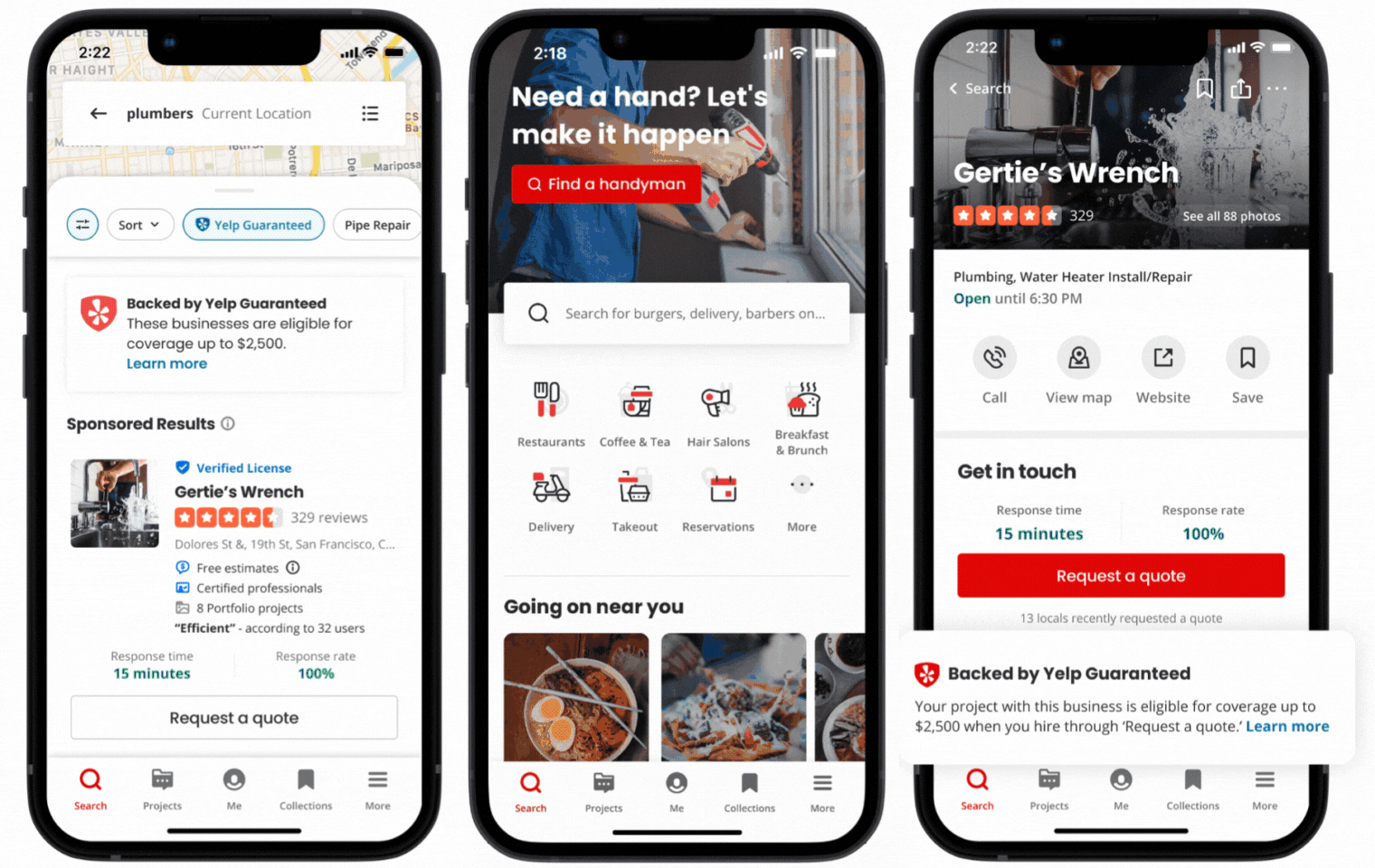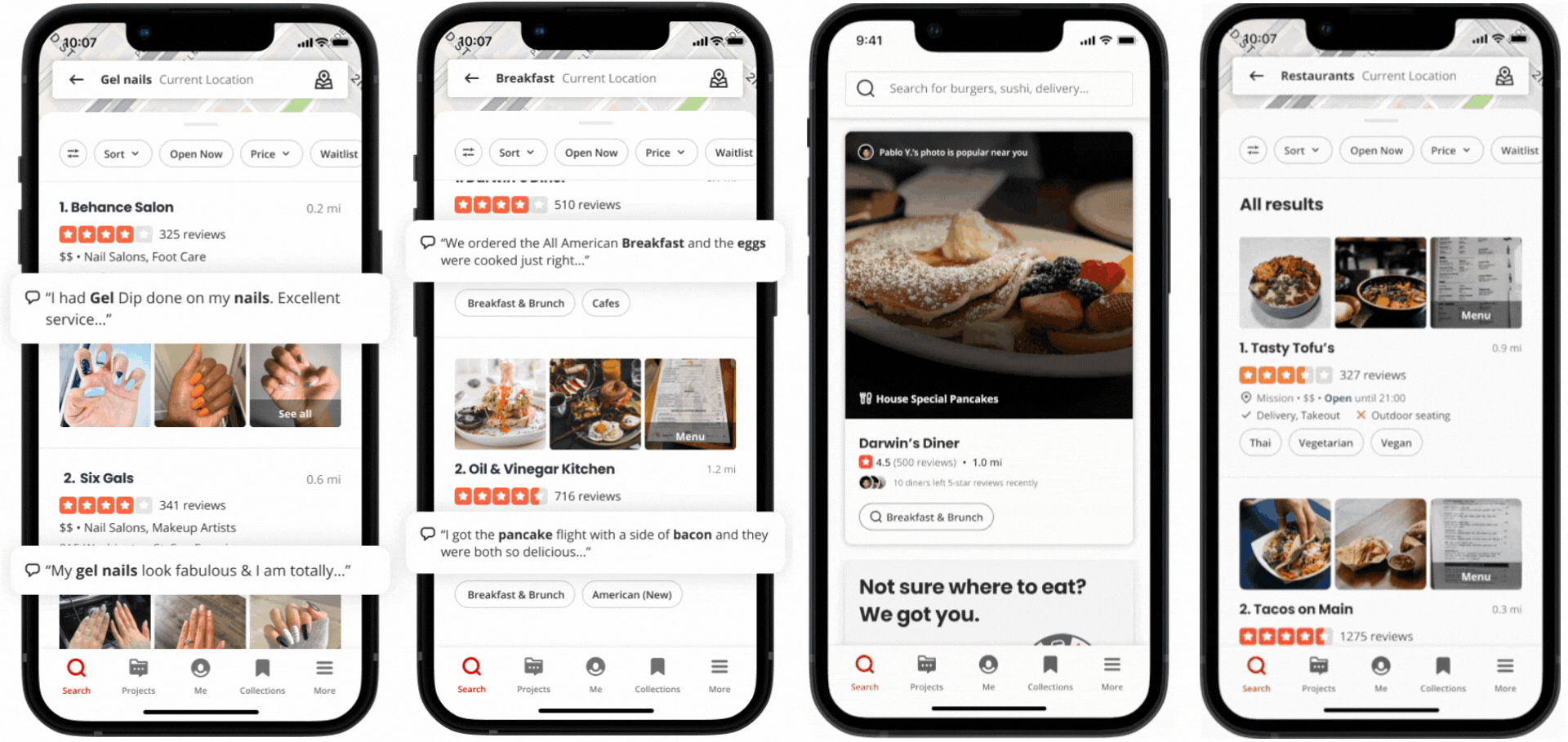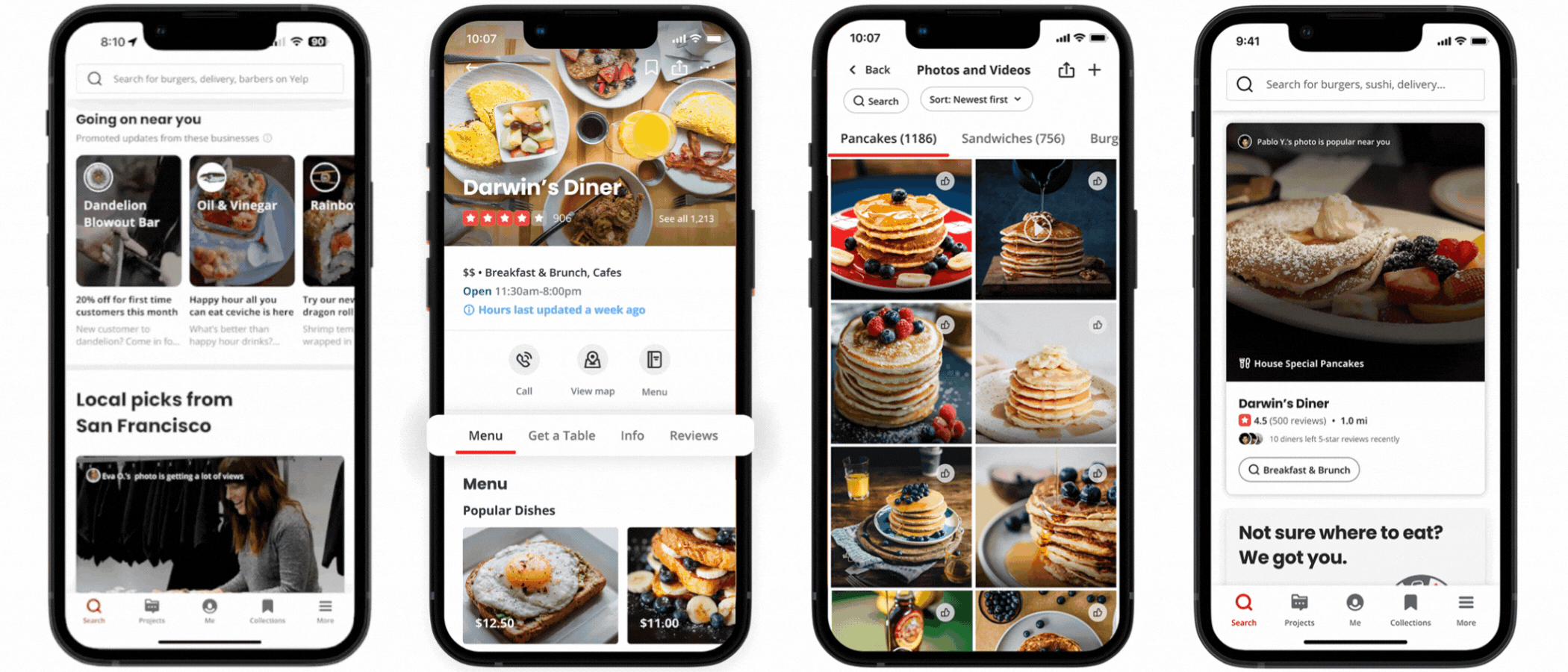Elon Musk is continuing to remake Twitter as he wants it with the biggest change yet – an entirely new brand name – X.
Instead of Twitter, users visiting the social network on desktop devices will now be redirected to X.com, the new home of the platform for the foreseeable future. Some mobile users have already seen the update on their phone, while many others will see the icon transform from a cheerful blue bird to a sleek X in the coming days.
In the announcement, CEO Linda Yaccarino said the new name represents their move to becoming more than a social network app to an “everything app”.
As she shared in an X (formerly called a Tweet):
“It’s an exceptionally rare thing – in life or in business – that you get a second chance to make another big impression. Twitter made one massive impression and changed the way we communicate. Now, X will go further, transforming the global town square.”
“X is the future state of unlimited interactivity – centered in audio, video, messaging, payments/banking – creating a global marketplace for ideas, goods, services, and opportunities. Powered by AI, X will connect us in all the ways we’re just beginning to imagine.”
Analysts have expressed concern about the move, with some speculating that the social network is losing billions in brand recognition.
It is also unclear if the brand name change will bring back any advertisers who had stepped away from running ads on Twitter following a rise in hate speech and offensive content over the last year.
Additionally, the use of redirects and completely changing the domain name raises questions about how long embedded Twitter content on other sites will continue to function or if they will soon break as the Twitter domain becomes part of the past.

